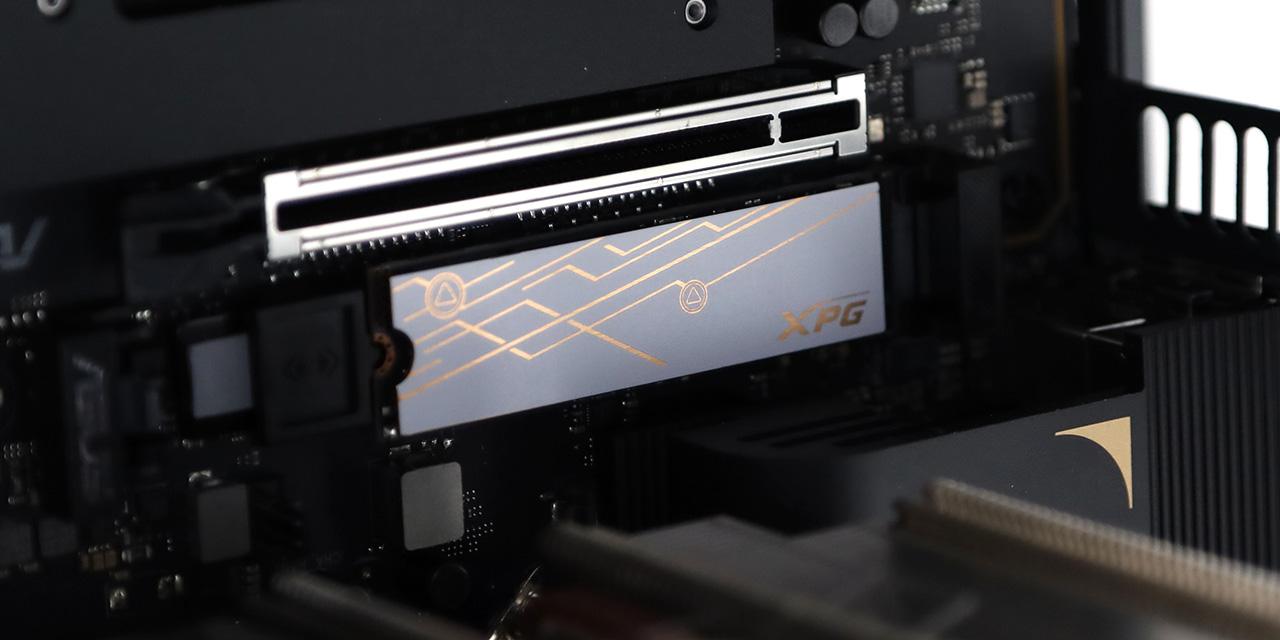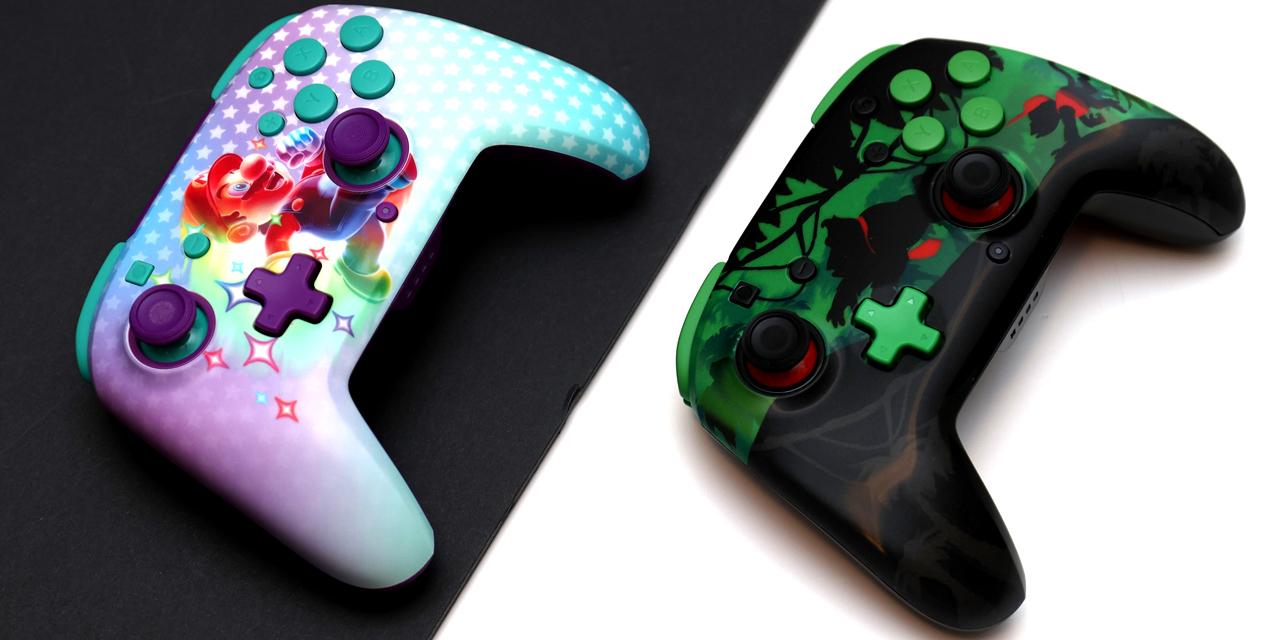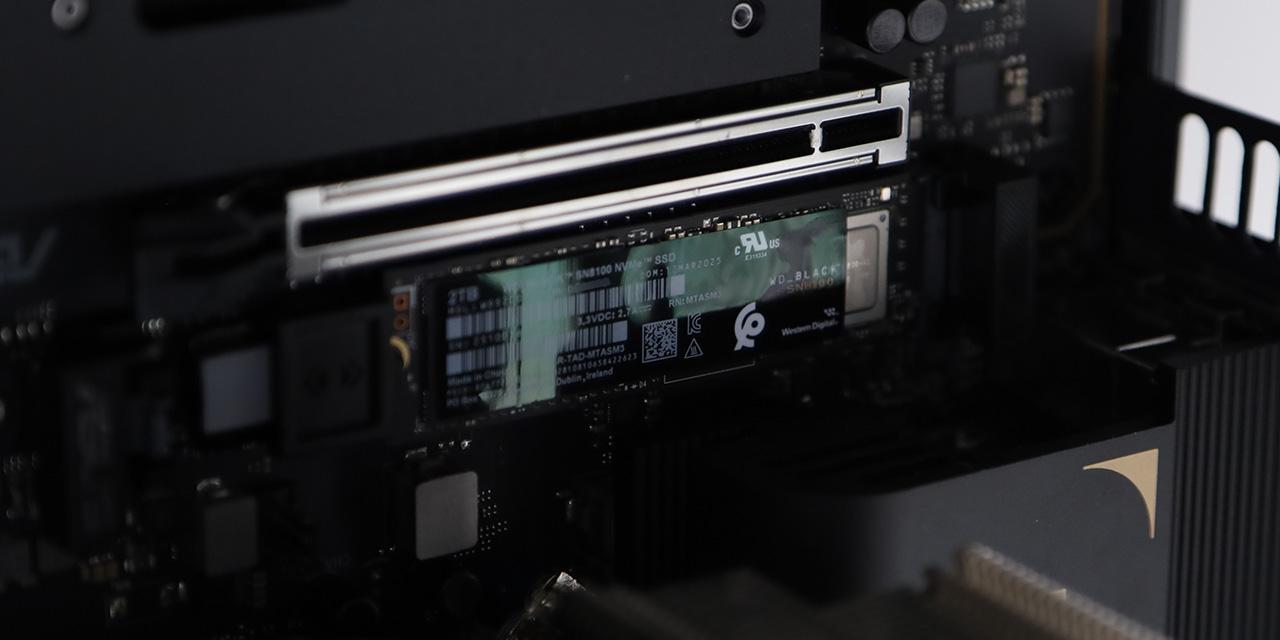Page 2 - A Closer Look - Hardware and Software

If you have ever wondered what a standard looking mouse looks like, look no further than the EpicGear MorphA X. Although I have heard looks can be deceiving, I will talk about that a little later. The body of the MorphA X is plastic, but it does not feel cheap. The silver-grey exterior looks quite nice, but it can be exchanged for a white shell. As said before, its design is mostly standard. On the left side, there are two programmable buttons for your thumb, while on top of the mouse, there are two extra buttons besides the usual left and right click. The one closer to the back changes the DPI settings, while the one more to the front cycles through five different profiles. It is not as important to be able to hit these buttons quickly, so it is nice for them to be slightly out of the way. Also, their positioning makes it harder to hit them accidentally during an intense gaming session; potentially ruining a good game.
As for dimensions, they come in at 126.5 mm in length, 66.5 mm in width, and 40 mm in height. It is a fairly average sized mouse. The back area is well rounded and smooth; even bulging a bit more in this area allowing for a full-on palm grip. In the past, I have mostly had success with using a claw grip on a palm grip mouse; that streak is not broken with the EpicGear MorphA X. On the other hand, I had to remove some of the weights included, which are located closer to the back area. The Mopha X features customizable weights, enabling you to either add or remove up to 20g in 5g increments. The base weight of the Morpha X comes in at 92.6 g, which is also without the sensor; however, the sensor does not add much. For using a claw grip, I found it useful to remove some weight for the mouse to be more balanced, making it less back heavy. I found a palm grip to be quite a bit more comfortable, which is what the mouse is designed for.

The front area of the EpicGear MorphA X is fairly typical of any mouse. The front of each of the buttons is smooth and flat without any wave design. The sides may look slightly angular, but are a little rounded as well for a smooth feel. Only toward the middle of the mouse does each side dip in slightly, creating a wide and long enough crevice for the scroll wheel. The scroll wheel has a comfortable rubberized grip, which is also ribbed. In use, the feel is notched. I prefer some feedback, since I then know for sure I am using the scroll wheel. The sides of the scroll wheel also light up in full RGB fashion, which can be configured through software. Speaking of sides, there are textured rubberized grips found on both sides of the mouse for some better grip. It is also a nice contrast to the smooth plastic feel of the rest of the body.
Leading out of the front of the mouse is a 1.8m USB cable. From the manufacturer's website, it is an X braided cable, which I am not sure what it means, but it feels sturdy and should last a long time. What every gaming peripheral needs is a gold-plated connector for better connection speeds, because the mere fact it looks cooler means it is thus faster, haha. On a more serious note, the gold connector does not do anything for connectivity speed; ultimately only looking a little better when it is unplugged.

From the bottom, you can see the swappable sensor, which I think is one of the coolest features of this mouse. Considering the manufacturer's page has a gun in the background when they advertise this feature, it has to be cool. It definitely is nice to be able to switch out which sensor one wants to use. EpicGear also made it quite easy to switch between the two. First, you have to remove the grey outer shell, then the sensor slides out easily. The two different options are the 3360 optical sensor and the 9800 laser sensor, which gives you up to either 12000 or 8200 DPI, respectively. I am fairly sure no one uses 12000 DPI for gaming, but it sure is nice to have the flexibility. Otherwise, the bottom features three Teflon feet for easy gliding. There is one large one at the top and two smaller ones on either side of the sensor cartridge. Lastly, the sticker on the bottom carries some identification information, such as a barcode.

When I first heard of a modular gaming mouse, I was unsure of what to expect. How much can you possibly customize on a mouse to make its modularity attractive to gamers? Apparently, being able to change the sensors as well as being able to alternate between switches you want to use for your mouse is how far you can push modularity. There are two different switches, colored orange and purple, you can use with the EpicGear MorphA X. The orange switch is lighter than the purple, meaning it feels slightly lighter to press down compared to the purple one. Both are Omron switches, but the orange has a lifespan of 20 million clicks, while the purple ups it to 50 million clicks. Needless to say, I do not think anyone will use them for their full lifespan. They are of good quality as we have seen from Omron, while also providing crisp feedback on each click. There is another aspect of modularity I would like to talk about, namely, the interchangeable outer shell.



This first photo is the all-white version. The subsequent ones contain different combinations with the two different colors included out of the box. One must first remove the larger back body of the mouse, which easily clips off from the back. It is also kept in place magnetically, so it easily snaps back into place. The front part covering the two main mouse buttons is a little bit trickier. There is only one magnetic bit close to the back. I had to lift the back while simultaneously pushing it forward to get it off. At the front of the shell are two clips. Those are required to be hooked in first, then the rest of the shell can be pushed into place. Overall, it is a simple yet effective system.

Finding the software was an easy task, but using it was not. I had some difficulty figuring out how the macros worked, while also having quite a bit of trouble to just set a static color to the mouse. When I clicked on the lighting option and attempted to save it, it would cycle through a couple of different colors. However, there is still quite a bit of functionality for a gaming mouse. The bottom row shows each of the different profiles. Clicking on the word "lighting" in each of the profile areas allow one to change the lighting from a couple of presets to a completely RGB customized color. I always appreciate it when I can choose from a color wheel. To the left of the image of the mouse are all the key assignment options. Clicking on one of them releases a drop-down menu from which to choose quite a few different functions or just to select a preset macro. To the right of the image are four different DPI settings dependent on the current profile. Along the top are the major sections. Clicking on the performance one takes the user to the next page. There, you can change the USB report rate, scroll wheel speed, double click speed, pointer acceleration, lift off distance, LED power saving mode, angle snapping, acceleration, and AFM or away-from-mouse ambient lighting. The macro tab has all the macro functions. It is fairly straightforward, but I took some time to figure out all the different parts. Overall, the software is useful, but requires a little bit of work to make it more user friendly.
Page Index
1. Introduction, Packaging, Specifications
2. A Closer Look - Hardware and Software
3. Subjective Performance Tests
4. Conclusion





